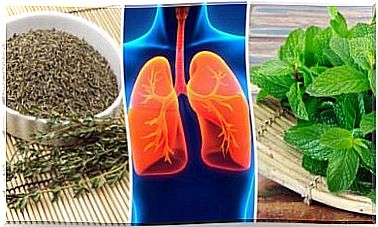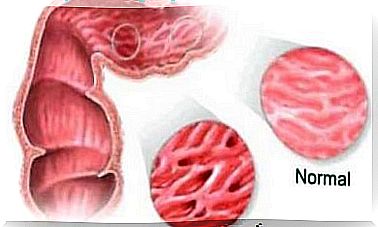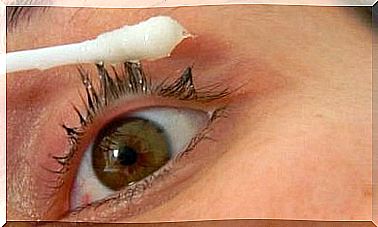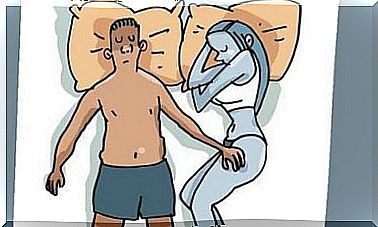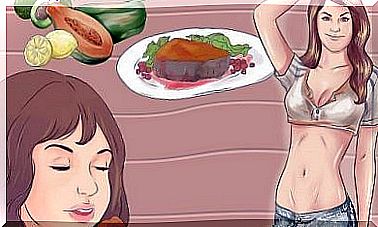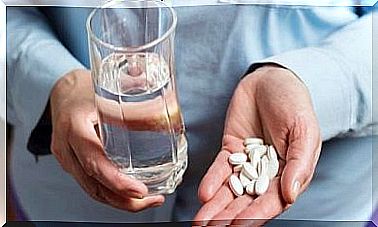Uses And Side Effects Of Norfloxacin

Norfloxacin is an antibiotic that belongs to the class of fluoroquinolone antibiotics. It is a broad-spectrum bactericide useful against gram-positive and gram-negative aerobic pathogens. In this article, we will explain the main uses and side effects of Norfloxacin.
This antibiotic inhibits the synthesis of deoxyribonucleic acid in bacteria. Therefore, due to its strong bactericidal activity, Norfloxacin fights microorganisms resistant to other drugs.
Uses of the drug Norfloxacin
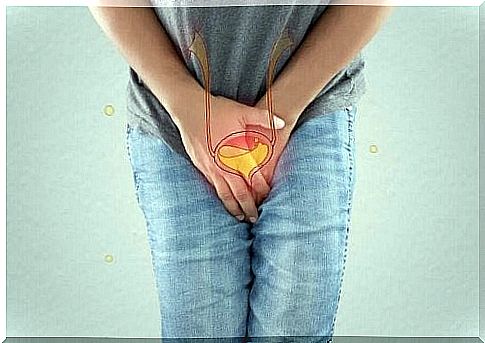
Administration method
First of all, it is worth mentioning that Norfloxacin should be taken separately from food, exactly one or two hours after a meal. However, the pattern of treatment depends on the culture result and the severity of the infection.
Adults suffering from a urinary tract infection should take 1 tablet every 12 hours for 7 to 10 days. If you suffer from uncomplicated acute cystitis, treatment should last 3 to 7 days.
In cases of recurrent chronic infections, treatment with Norfloxacin lasts up to 12 weeks. However, if the treatment works well in the fourth week, your doctor may reduce the dose to once a day.
Side effects given by Norfloxacin
The most common side effects with Norfloxacin are gastrointestinal, psychological and skin reactions. In addition, patients may experience nausea, headache, dizziness, heartburn, pain and diarrhea.
Other uncommon side effects may occur, which can become severe, long-lasting and sometimes irreversible. They can affect the body at different levels, resulting in different types of disorders and reactions.
Hypersensitivity reactions and gastrointestinal disorders
These include:
- Anaphylactic shock
- angioedema
- dyspnea
- Vasculitis
- hives
- Arthritis
- Myalgia and arthralgia
Moreover, gastrointestinal disorders include pseudomembranous colitis, pancreatitis, jaundice and hepatitis.

Skin and subcutaneous reactions
- Vasculitis
Musculoskeletal reactions and reactions in connective tissue

Heart reactions
Also
Conclusion
According to the AEMPS (Spanish Agency for Medicines and Medical Devices), specialists should prescribe quinolones or fluoroquinolones for the treatment of mild to moderately severe infections in exceptional cases, ie when other antibiotics do not give satisfactory results or when the patient does not tolerate them. .
Consult your doctor or pharmacist if you have any questions about treatment with Norfloxacin. This way, you will avoid any possible complications.
